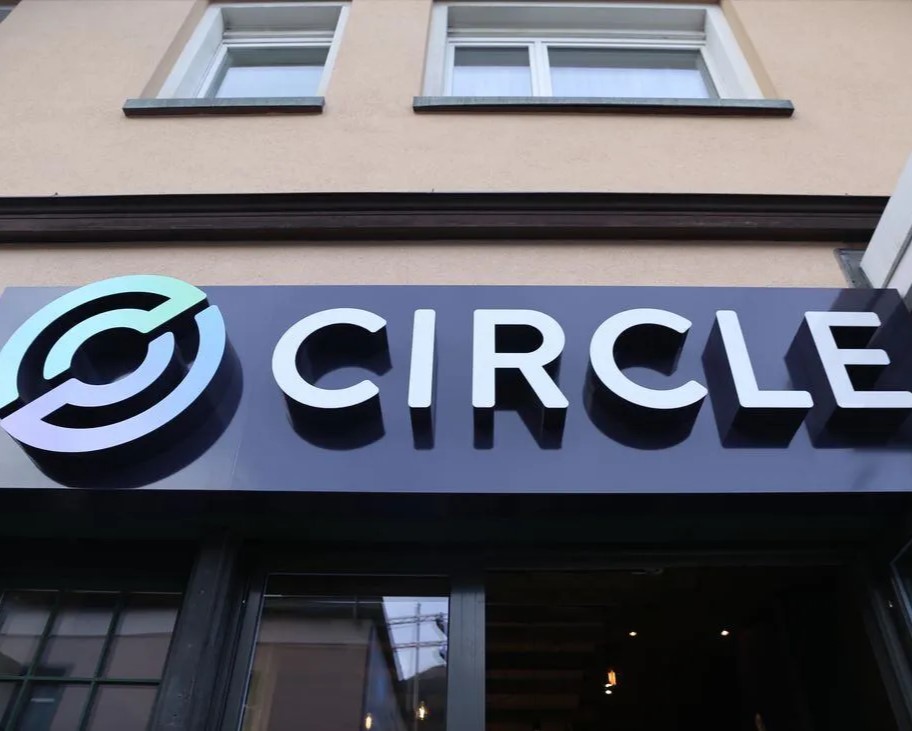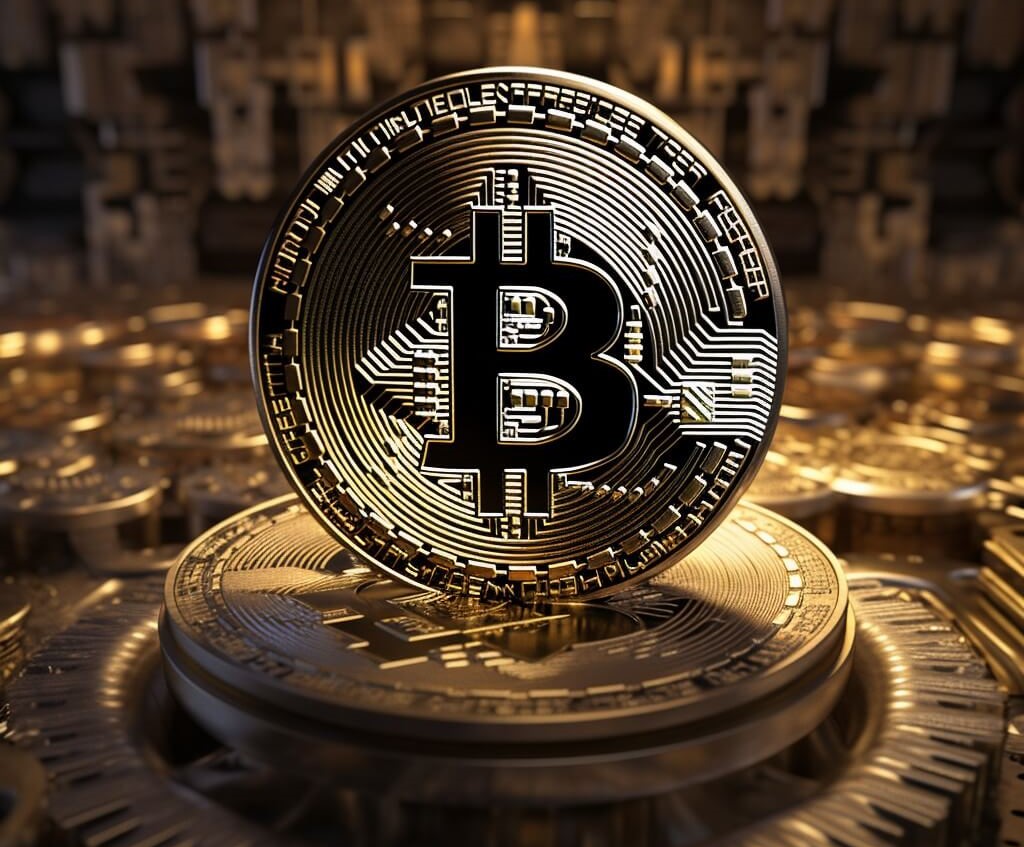Circle’s USDC and EURC stablecoins become the first fully compliant digital fiat tokens under the Markets in Crypto-Assets rules.
Circle’s CEO and co-founder, Jeremy Allaire, declared on July 1 that the company had become the first stablecoin issuer in the European Union to receive regulatory sanction under the EU’s comprehensive Markets in Crypto-Assets (MiCA) regulatory framework.
Circle’s USDC and EURC comply with the new regulations, effective immediately. This alleviates the concern that investors must redeem their stablecoins or transfer their funds to other digital assets to remain compliant.
Allaire subsequently disclosed that Circle had selected France as its European headquarters. He attributed this decision to France’s progressive approach to digital asset regulation and Circle’s collaborative relationship with the French Prudential Supervision and Resolution Authority (ACPR).
The co-founder of The Circle also contemplated the historical significance of the European Union’s regulatory overhaul, which established the first comprehensive regulatory framework for digital assets. This is a testament to the asset class’s significant progress since its inception.
“The entire concept of fiat digital currency did not really even exist outside of very early crypto circles. The concept of seeing major global laws that enshrined stablecoins into the financial system was inconceivable.”
The stablecoin market and MiCA’s concerns
Several exchanges have announced modifications to their stablecoin policies and product offerings in anticipation of the European Union’s regulatory shift.

In an email sent to its European users in June, Uphold, a crypto exchange and custodial platform, announced that it was delisting six stablecoins. These were Tether, TrueUSD (TUSD), Gemini dollar (GUSD), Pax dollar (USDP), and Frax Protocol (FRAX).
Despite being one of the first exchanges to list the digital fiat token, Bitstamp followed suit and delisted Tether’s EURT stablecoin later that same month in anticipation of the widespread changes.
Similarly, Binance implemented a “sell-only” strategy for specific stablecoin products in the European market, a more moderate response to the new stablecoin regulations.
The world’s largest centralized exchange has announced that it will not delist any stablecoins for its European users now. Instead, it will designate the fiat equivalents as compliant or non-compliant and restrict certain market features for European customers.



